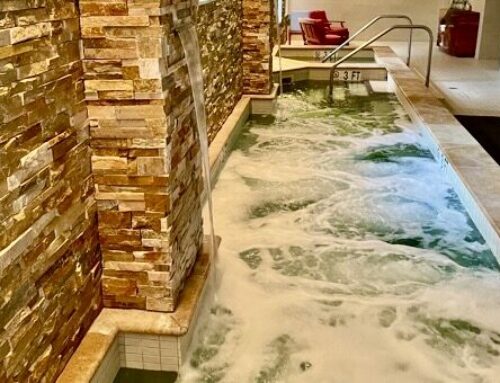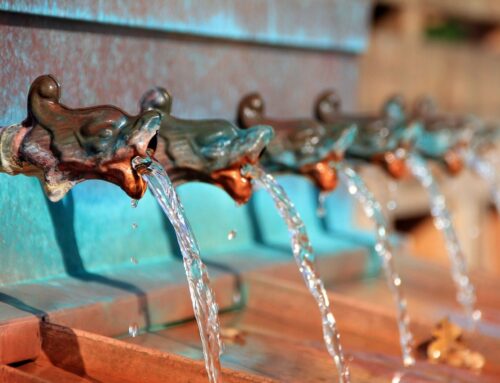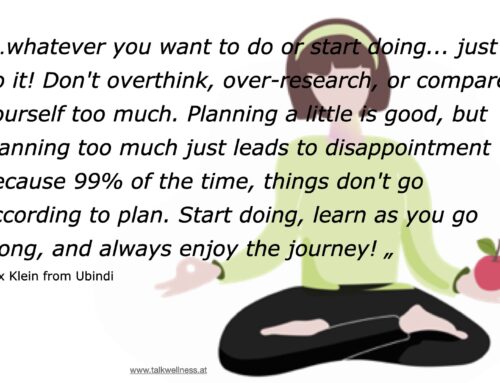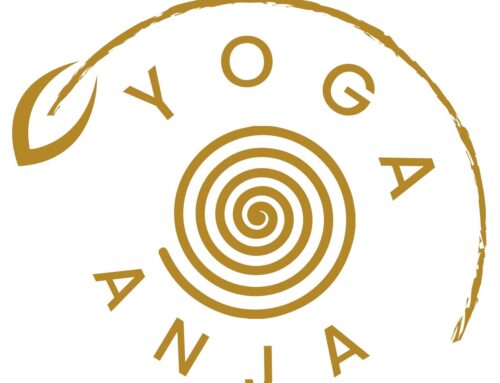The 7 P’s in Spa Marketing
In our first part we spoke about different attributes of services, how difficult the duplication of standards and quality is, as well as how people evaluate quality.
Let us quickly recap: Only if customer expectations are excelled, can customer satisfaction be generated sustainably.
It is now time to have a look at the 10 most important factors to customer satisfaction:
Processes – more quality through harmonic procedures
Whilst Standard Operating Procedures are common in Spas when dealing with guests, and processes are prepared (i.e. escorting guest to the relaxation area, pick up for treatment etc. ) and work flawlessly, many hotels are having a hard time including Spa service processes into parallel hotel service processes in order to achieve harmonisation of company processes.
Hotel guests usually experience bookings for room, dining and spa treatments being separate, or in the case of a central reservation system available, receiving their booking confirmations only after double checking with the individual department. Harmonisation of business processes should be the focus, when achieving guest satisfaction and the perception of quality by the guest.
Physical Facilities – the Spa journey
The aspect Physical Facilities has certainly gained momentum over the years. Many existing facilities have understood the guest’s need for cleanliness, space, parking, ambience, hygiene, tranquility and adequate equipment such as linen and cosmetic products, yet other aspects such as availability – availability of the facility as such, but also availability of areas and outlets during the guest’s spa journey – as much as safety are increasingly important and must not be dismissed by Spa strategists.
This is the moment to highlight the rather less available service of online availability of spas, so for example real-time-online-bookings, online orders, or making contact online and related experiences by guests. Attributes of configuration remain in the focus of the guest. Spa retail or spa restaurants as much as spa@home are currently considered basics amongst guests in the 4* and 5* segment.
Differentiations can be achieved sometimes only through additional services.
People – personal needs and individualisation
How a guest is going to perceive those differences is mainly down to the service promise made by the spa, synchronised with the acknowledgment of value of the target group, that is the individual expectation and perception of each guest. People – personal needs and individualisation.
In the service industry and particularly in the spa industry, qualified staff – including direct and indirect guest contact -play a major role.
An almost intimate contact between therapist and guest (touch, nakedness, private parts, problem zones) impact directly the perceived benefit of the service of the treatment and the related guest satisfaction.
According to modern stakeholder management strategies, a satisfied member of staff has to fulfil a significant role to achieve the result of ultimate guest satisfaction in a guest-contact-intensive spa service.
There is space for improvement in the areas of staff acquisition, development, retention, planning and release (trap seasonal enterprise?) for the spa industry.
It does not seem to have sunk in to some companies that staff retention, which is directed internally, is important for external directed guest retention. Guest retention relies on the overlap of individual perception of the guest, the actual performed service and the perception of the performed service by the guest.
Individual needs and Individualisation will be even more in the focus within the spa industry, this is why spas should start dealing with additional marketing tools, in order to be able to use those that are goal focused.






